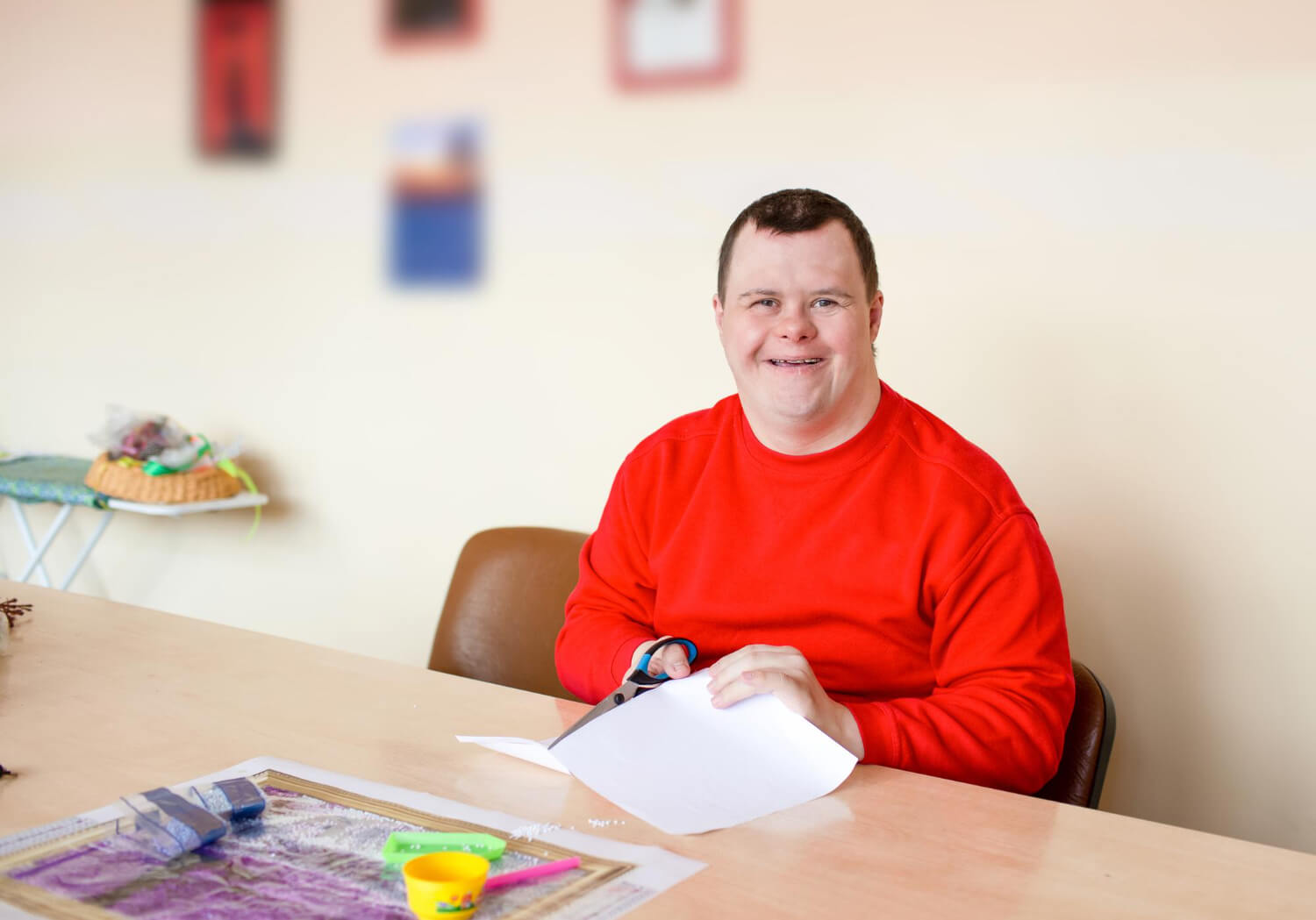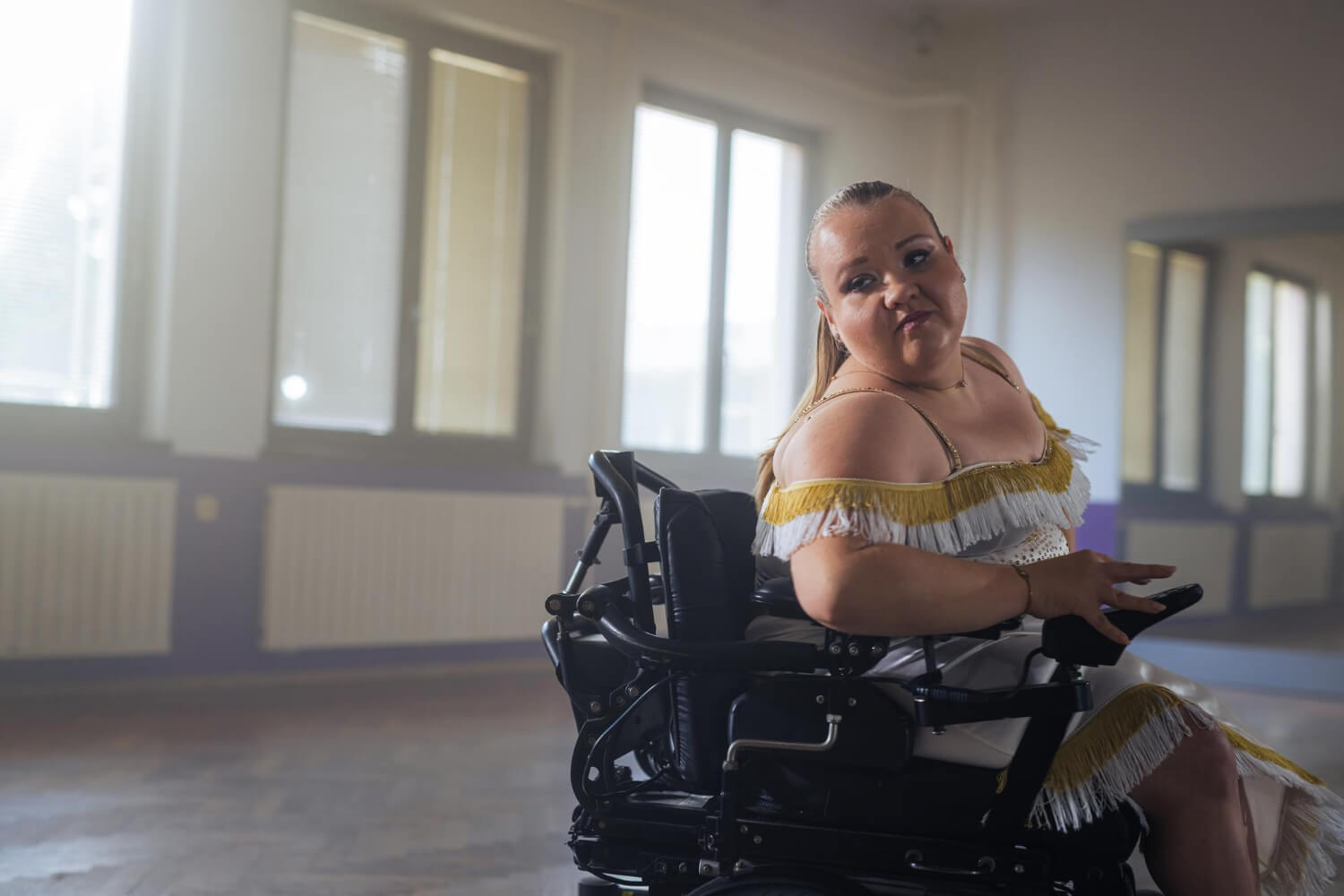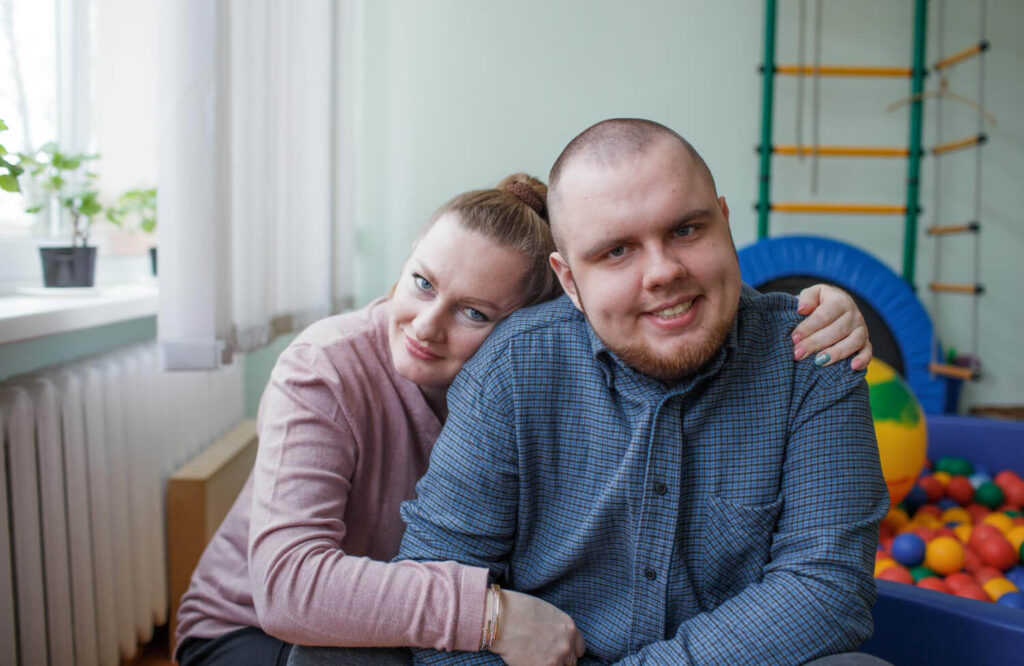Down syndrome affects how a person learns, communicates, and takes part in everyday life—but with the right support, people with Down syndrome can live more independently and stay connected to their community.
The NDIS plays a key role in making that support possible. It provides funding for services like personal care, therapy, transport, and life skills, tailored to each participant’s needs. For many families, it helps relieve pressure, open up new opportunities, and build long-term stability.
Understanding how the NDIS works for people with Down syndrome is the first step toward getting the right help in place—and making sure it grows with the person over time.
Is Down Syndrome Covered by the NDIS?

Yes. Down syndrome is recognised as a permanent disability under the NDIS. That means people with Down syndrome are eligible for funding, as long as they meet the basic access requirements like age, residency, and evidence of need for support.
For children under 7, support often starts through the early childhood approach. Families don’t need to wait for a formal diagnosis. If a child shows signs of developmental delay or needs extra help with communication, learning, or movement, they can receive support early. Once a diagnosis is confirmed, the child can transition into ongoing NDIS funding more smoothly.
From age 7 onwards, access is based on how the disability affects a person’s day-to-day life. The NDIS looks at how much support is needed with tasks like speaking, getting dressed, following routines, managing behaviour, or being part of the community. In most cases, people with Down syndrome meet these requirements.
To apply, evidence is needed from health or allied health professionals. This might include a diagnosis from a paediatrician, reports from a speech therapist or occupational therapist, or assessments that show where support is needed. The process is simpler when documents clearly explain how the person’s disability affects their function.
The NDIS is not just about having a diagnosis—it’s about getting the right supports in place to live a safer, more confident life. For people with Down syndrome, that can start with early intervention and continue through school, adulthood, and beyond.
Applying for the NDIS with Down Syndrome
The application process for NDIS support depends on the participant’s age. For children under 7, access usually begins through the early childhood approach. Parents or carers can contact an Early Childhood Partner in their area, who will help organise support without needing a full diagnosis straight away. If Down syndrome is confirmed later, the child can continue with longer-term funding under the scheme.
For participants aged 7 and over, a formal application is submitted directly to the NDIA. This includes:
- A completed access request form
- Evidence of the Down syndrome diagnosis
- Reports that show how the condition affects daily life
Reports from speech therapists, occupational therapists, psychologists, or GPs can all help explain why support is needed. It’s important these reports don’t just list the diagnosis—they need to clearly describe how the person’s disability impacts their ability to carry out everyday tasks without support.
Delays are often caused by missing or vague paperwork. To avoid this, families should make sure reports include real examples—such as difficulties with dressing, communication, emotional regulation, or learning new tasks. The NDIA looks for evidence across different areas of life, so a full picture is key.
Once the application is approved, the next step is a planning meeting where support needs and goals are discussed. This is where funding decisions are made, so being prepared makes a big difference.
What Supports Can the NDIS Fund?

The NDIS can fund a wide range of supports for people with Down syndrome, depending on their individual needs and goals. Funding is tailored, which means two people with the same diagnosis might receive very different supports—based on how the condition affects their daily life.
Common supports for participants with Down syndrome include:
- Speech therapy to improve communication, social interaction, and understanding
- Occupational therapy to build everyday living skills like dressing, hygiene, eating, and using tools
- Physiotherapy to assist with movement, strength, and coordination
- Behavioural or developmental support to manage routines, transitions, and independence
- Assistance with daily living, including support workers to help with meals, personal care, or structured activities
- Community participation, such as help joining sports, arts, social groups, or volunteering
- Transport funding for travel to appointments, school, work, or community programs
- Supported Independent Living (SIL) or help at home for those who want to live with less family involvement
- Assistive technology, like communication devices or mobility aids
- Home modifications for safer, more accessible living environments
The NDIS doesn’t fund general education or health services—but it can support therapy and skill development that complements those areas. For example, speech therapy to assist with learning, or a support worker who helps with transport to school or work.
Supports are based on what’s considered reasonable and necessary, which means they must relate to the participant’s disability, help them pursue their goals, and offer value for money. Clear goals and evidence make it more likely funding will be approved for the supports that make everyday life safer, easier, and more meaningful.
Building a Strong NDIS Plan
An NDIS plan is built around personal goals. For people with Down syndrome, those goals often relate to communication, independence, health, social participation, or learning daily routines. The clearer the goals, the easier it is for the NDIS to approve the right supports.
During the planning meeting, a Local Area Coordinator (LAC) or NDIA planner will ask about the participant’s daily life, what they want to work on, and what supports are already in place. It helps to bring recent reports, letters from therapists or doctors, and a list of specific challenges the person faces.
For children, common goals might include learning to speak more clearly, playing with others, or managing toileting. For adults, goals might involve cooking meals, travelling independently, finding work, or joining a social group.
Each goal should be simple and personal. For example:
- “I want to speak in full sentences so people understand me better.”
- “I want to learn how to catch the bus to my program.”
- “I want to help more with cooking and cleaning at home.”
Once the plan is approved, funding is divided into support categories like Core, Capacity Building, or Capital. The amount and flexibility in each category depend on the goals and the evidence provided.
If the plan doesn’t meet the participant’s real needs, it can be reviewed. But strong preparation at the start makes it more likely the plan will be useful from day one.
Choosing the Right Support Provider
Working with the right provider can make a big difference to how well NDIS support works in everyday life. For people with Down syndrome, consistency, communication, and understanding are essential—especially when building trust or working on long-term goals.
A good provider takes the time to understand how the participant communicates, what routines matter most, and how to offer support without rushing or overwhelming. Experience with Down syndrome matters, but so does flexibility, patience, and a respectful attitude.
Families often prefer working with providers who keep them informed, listen to feedback, and stay reliable across sessions. Whether the service is therapy, personal care, transport, or life skills coaching, clear communication helps everyone stay on the same page.
SS Disability Care provides one-on-one support to NDIS participants with Down syndrome across the Gold Coast. From daily assistance to tailored community access, services are delivered with care, consistency, and a commitment to long-term progress.
Frequently Asked Questions
Can the NDIS fund support at school or work?
The NDIS doesn’t replace mainstream services like education or employment, but it can fund support that helps a person with Down syndrome take part in those settings. For example, a support worker might assist with transport to school or a day program, or therapy might help with communication skills needed at work.
What if support needs change over time?
NDIS plans can be reviewed if a person’s situation changes or if the supports aren’t meeting their needs. This could include health changes, new goals, or issues with a current plan. Participants can request a plan review at any time by submitting a change in circumstances form and updated supporting evidence.
Can I switch support providers?
Yes. Participants are free to choose or change providers at any time. If a service isn’t working well, or if a better fit becomes available, you don’t have to wait until the next plan. Just make sure service agreements are ended correctly, and check for any required notice period.
Can a family member be paid as a support worker?
In some cases, yes—but it depends on the circumstances. The NDIS only allows this when it’s seen as the best or only option, such as in remote areas or for complex needs. This needs to be clearly approved in the plan and documented properly. Most participants receive support from independent workers or registered providers.
Conclusion
The NDIS provides essential support for people with Down syndrome—helping with everything from daily routines to therapy, transport, and long-term independence. With the right plan and the right providers, it becomes easier to build skills, stay safe, and live a more connected life.
Support should never feel one-size-fits-all. Each person’s needs, goals, and pace are different. The NDIS is built to reflect that—and so are the providers who work alongside it.
